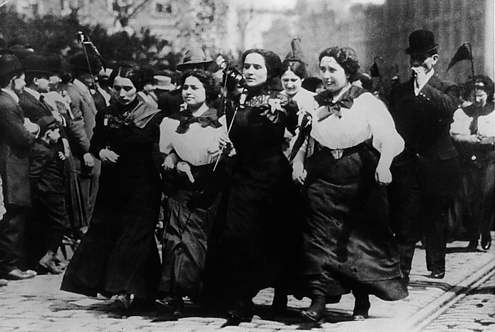
Click for more resources for teaching about the Lawrence Textile Strike of 1912.
This activity embodies a couple of key insights of Howard Zinn’s A People’s History of the United States. One is that history is not inevitable. People’s choices matter. Through role play, students in this lesson explore some of the actual dilemmas faced by strikers in Lawrence, Massachusetts, in 1912. Here, the teaching methodology is designed to match the history itself, as students portray Industrial Workers of the World (I.W.W.) organizers deciding how — and for what — to conduct a massive strike. The other is that social class matters. Too often, traditional textbooks and curricula neglect the way social class has shaped our country’s history and how people’s understanding of class has influenced their actions.
Social class is at the heart of this lesson, as it is at the heart of so much of Howard Zinn’s work. This activity — co-authored with Norm Diamond and included originally in the book The Power in Our Hands: A Curriculum on the History of Work and Workers in the United States — highlights how unions can have different goals and structures than the ones that predominate today.
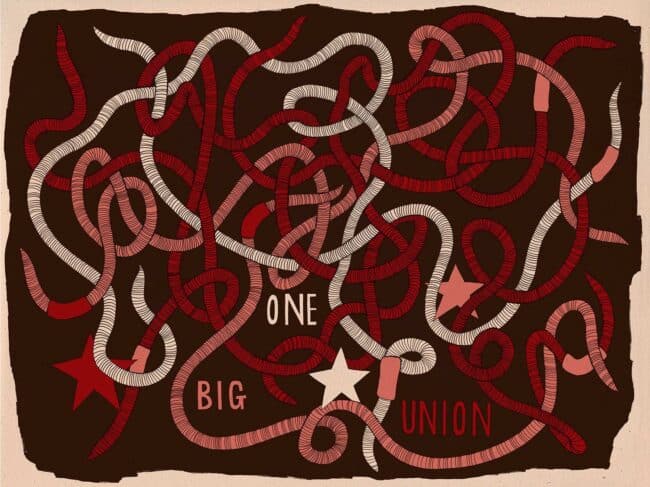
One Big Union, by Josh MacPhee. Source: Justseeds
In “Lawrence, 1912,” students contrast the American Federation of Labor and the Industrial Workers of the World. Students act as, and empathize with, union organizers. The role play illustrates, well, the power in our hands — one of the first major victories for U.S. labor, and an inspirational instance of worker solidarity. This lesson broadens students’ sense of what workers can and do fight for beyond wages and benefits.
This is one of the 16 lessons available from The Power In Our Hands.
Classroom Stories
This week’s @ZinnEdProject activity is about the 1912 and Strike. One of my students imagined himself as a recent Polish immigrant and wrote his internal monologue in Polish!! @SAC_PR students are the best pic.twitter.com/HuRvDM6fLJ
— Amelia E Serafine (@AmeliaESerafine) February 14, 2019
I have used the Lawrence Singing Strike lesson in the classroom for two years now, and it’s become one of the most successful activities that I do! It’s been incredible to see how students go about problem-solving as they take on the role of striking workers, figuring out how to prioritize their demands, which strategies they should use, and how they can best organize.
It’s a unique role play in that students have a lot of control over how they work through the issues-and they don’t have to play super structured “set” roles. It’s completely student centered. It’s SO interesting to see which classes end up selecting one leader, which ones end up with a more democratic setup, etc.
The feedback that I have received from students is that it feels like a valuable way to learn as they are working together in an authentic way to solve a problem. I highly recommend this activity!

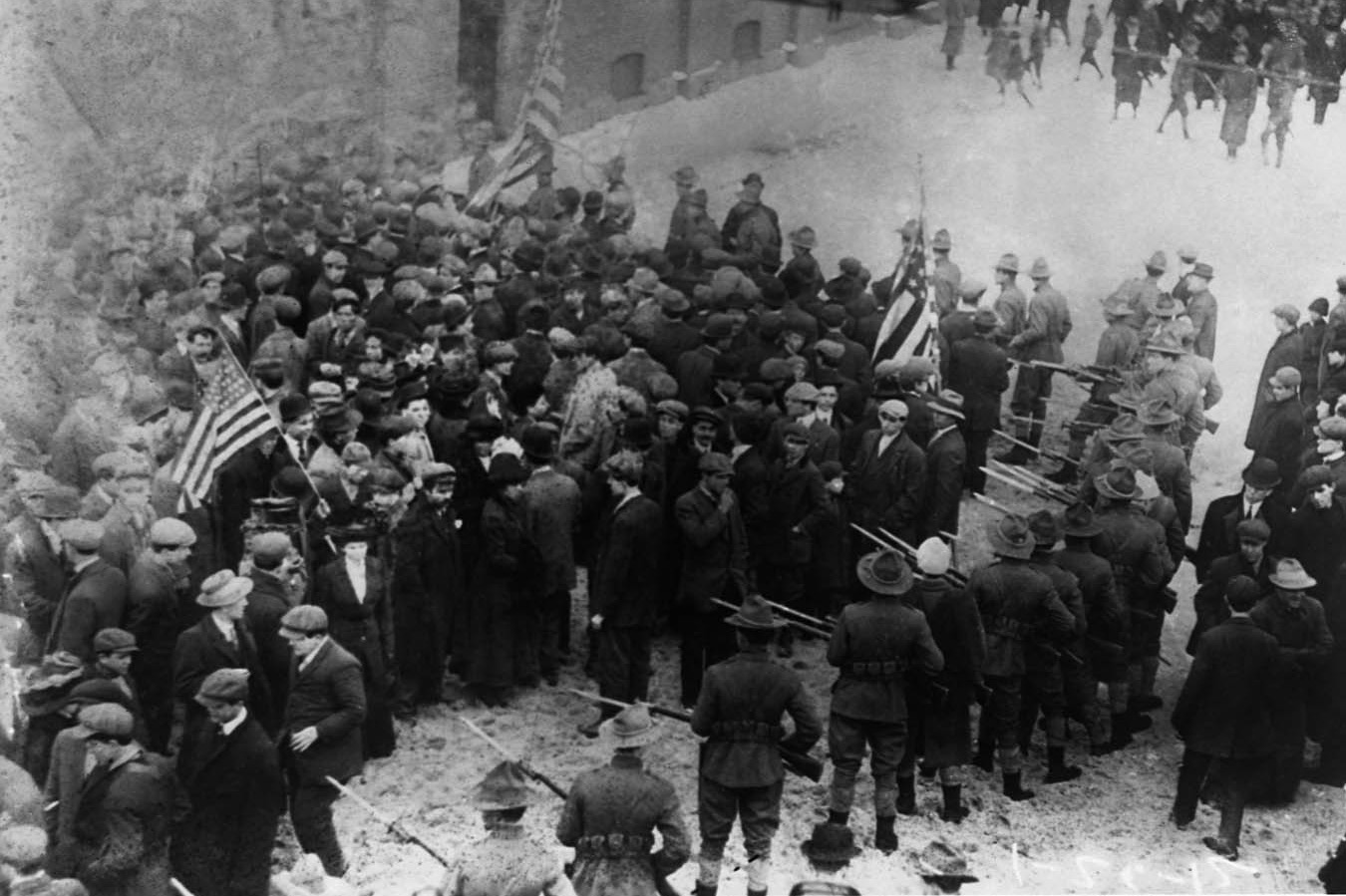

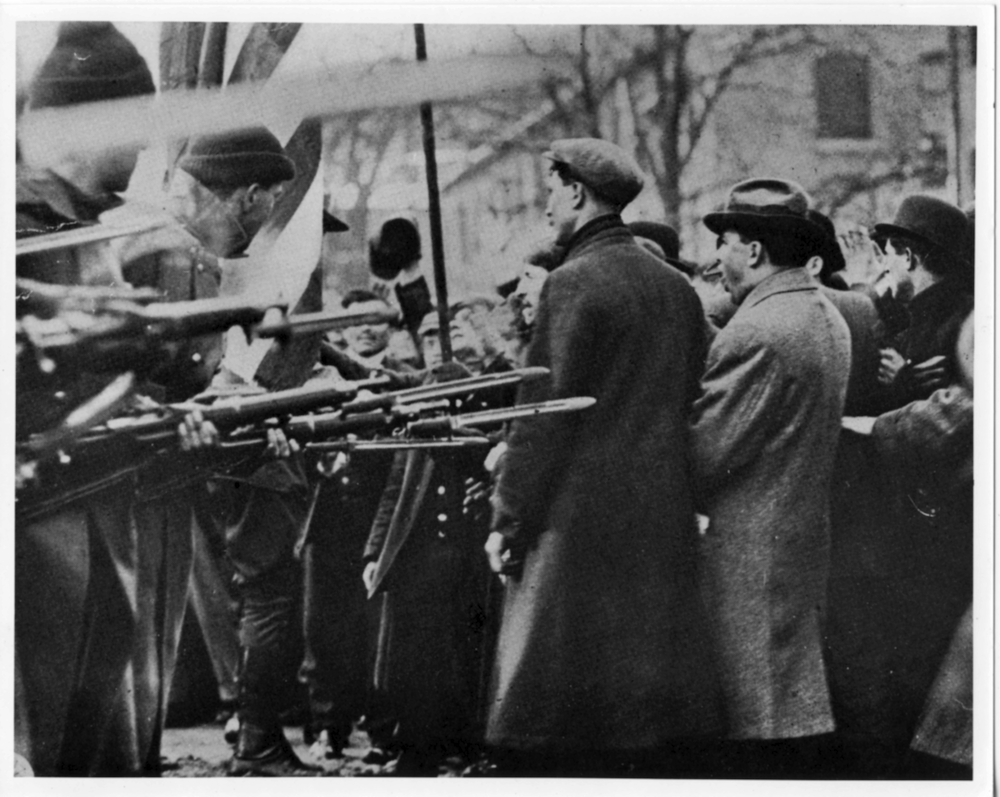
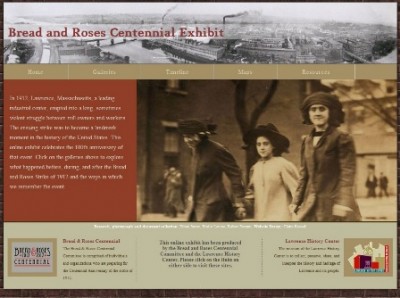

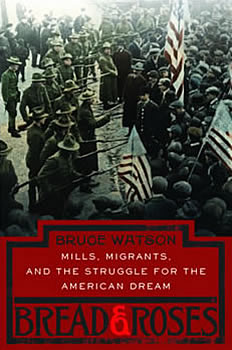
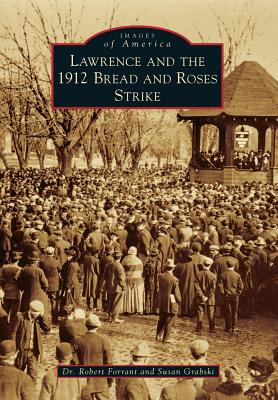
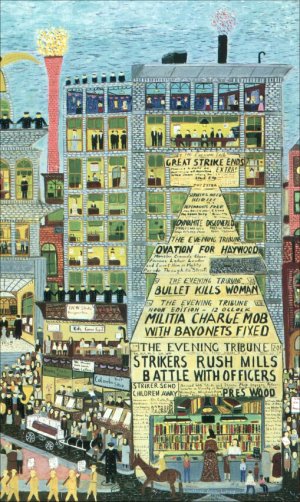
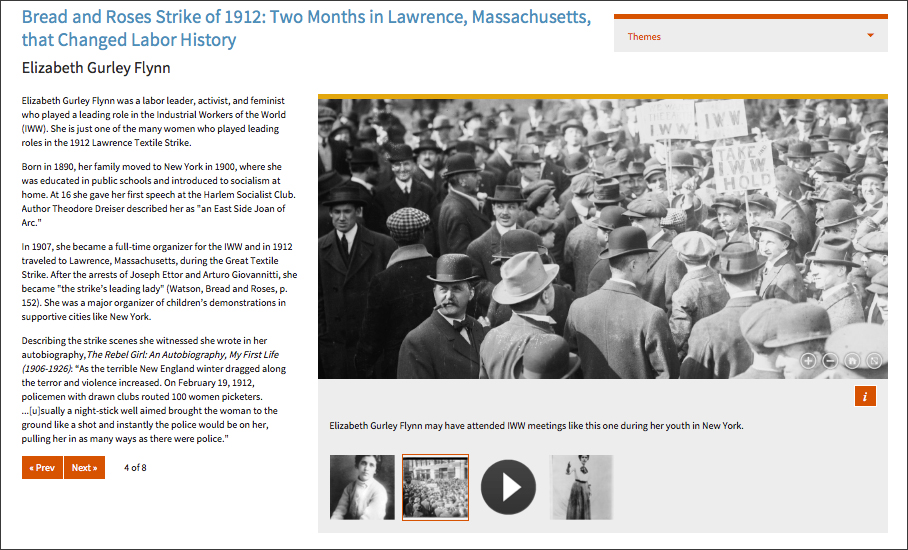
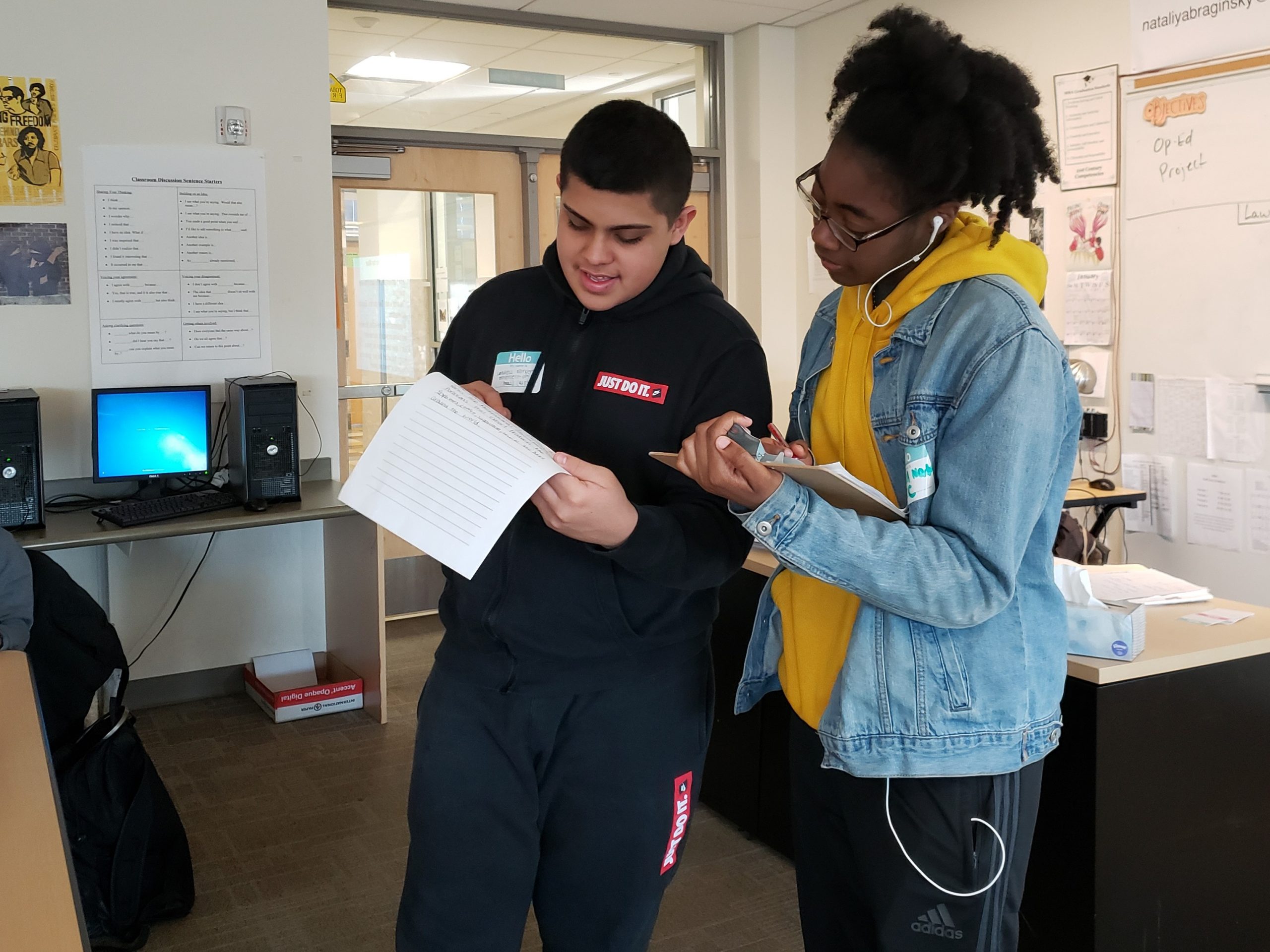

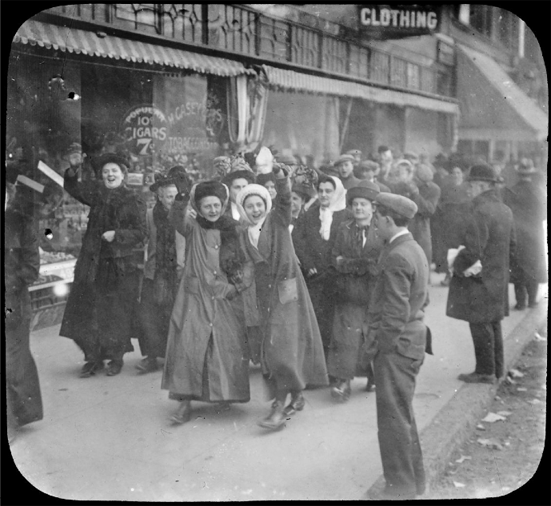
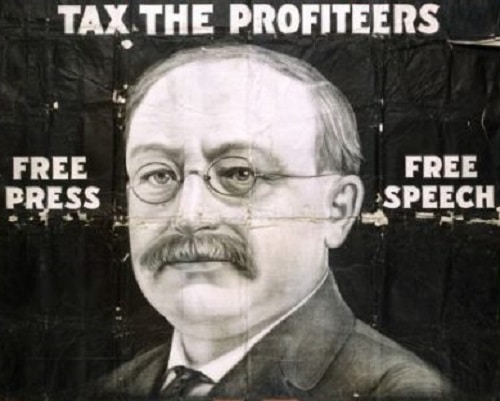
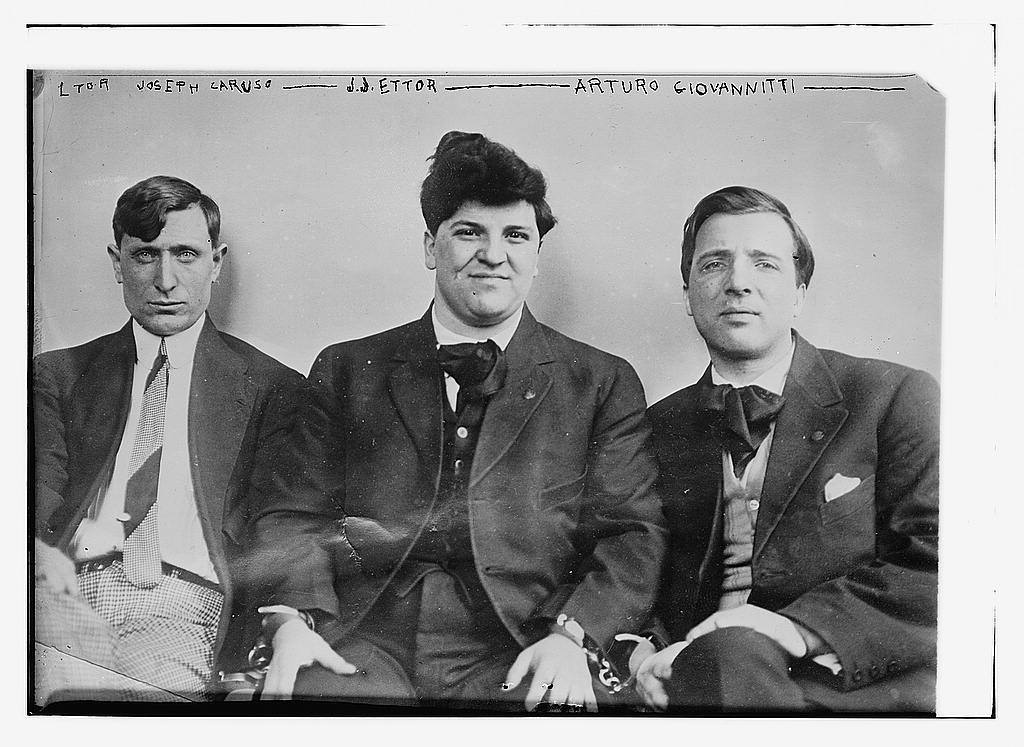






I taught this unit to my junior U.S. history class just as the Occupy Oakland movement was organizing large protests, including a general strike. My students were very engaged in the simulation component, arguing over the various problems the strikers were dealing with while comparing the strikers’ process with that of the Occupy Movement. They couldn’t imagine how groups of hundreds upon hundreds of striking workers could reach agreement when they were unable to in a group of 25 or so. The role of the unions in demanding and fighting for change, and the ferocity of those battles were very foreign to them. A few had relatives in unions today, but only a few.